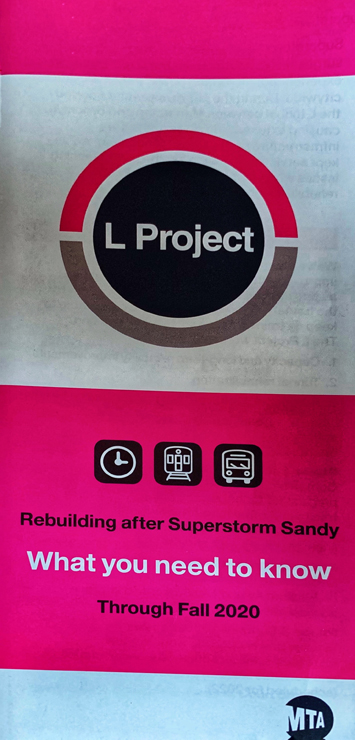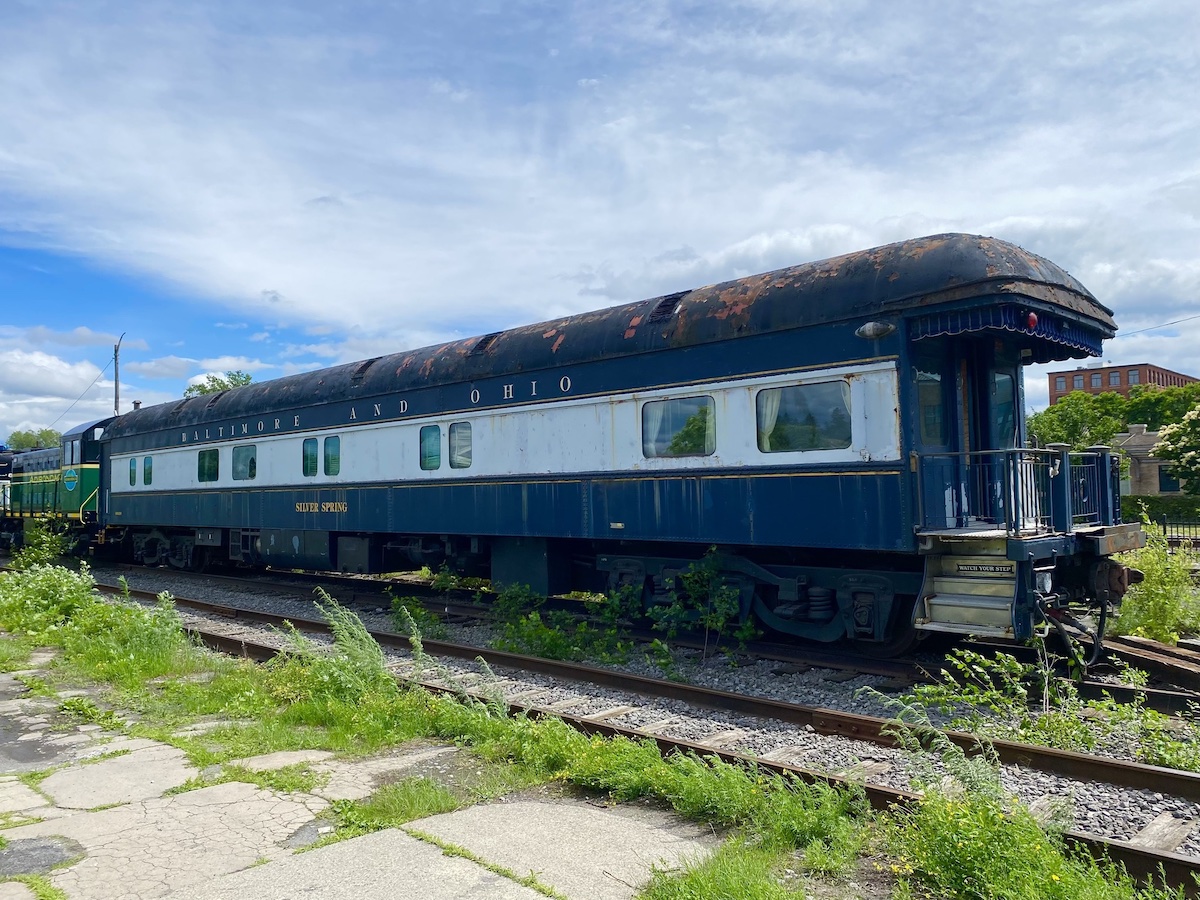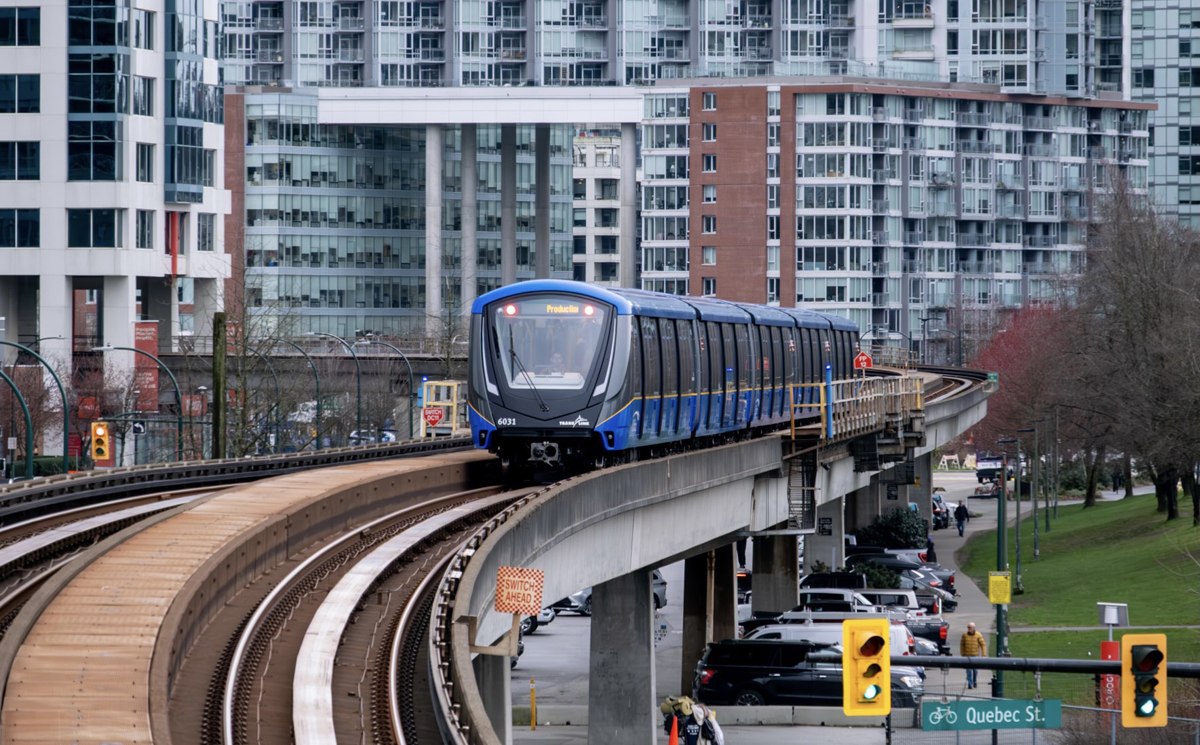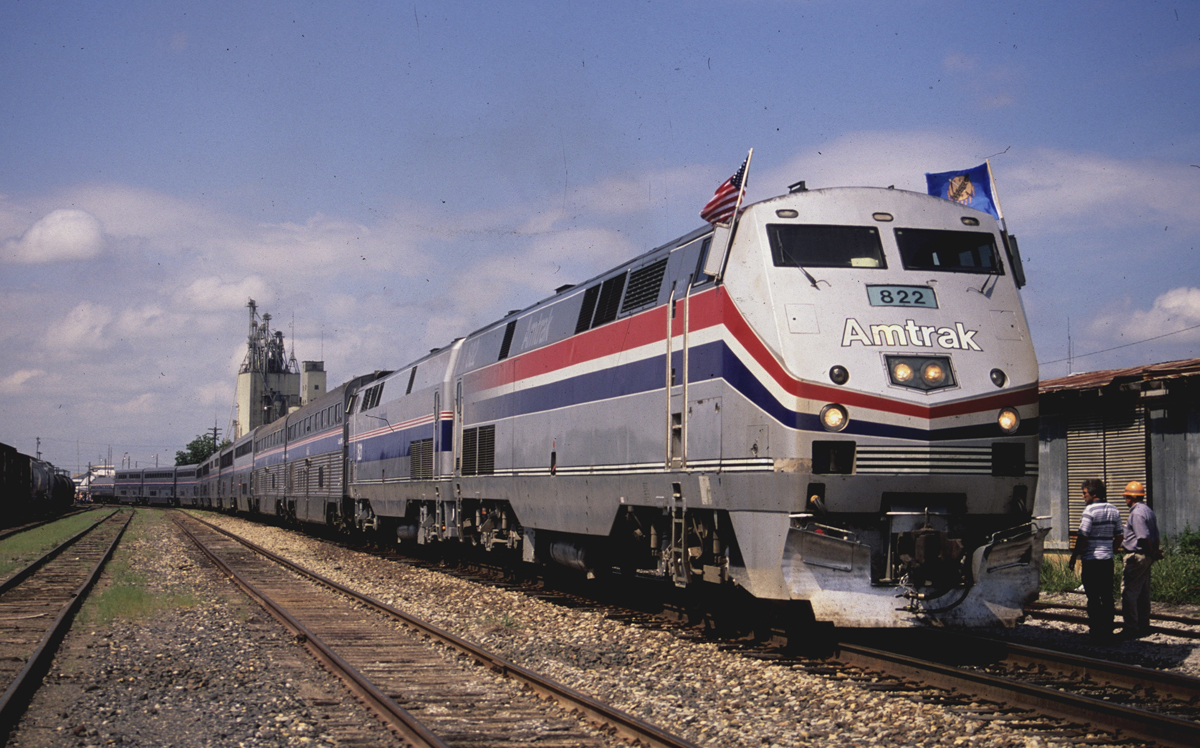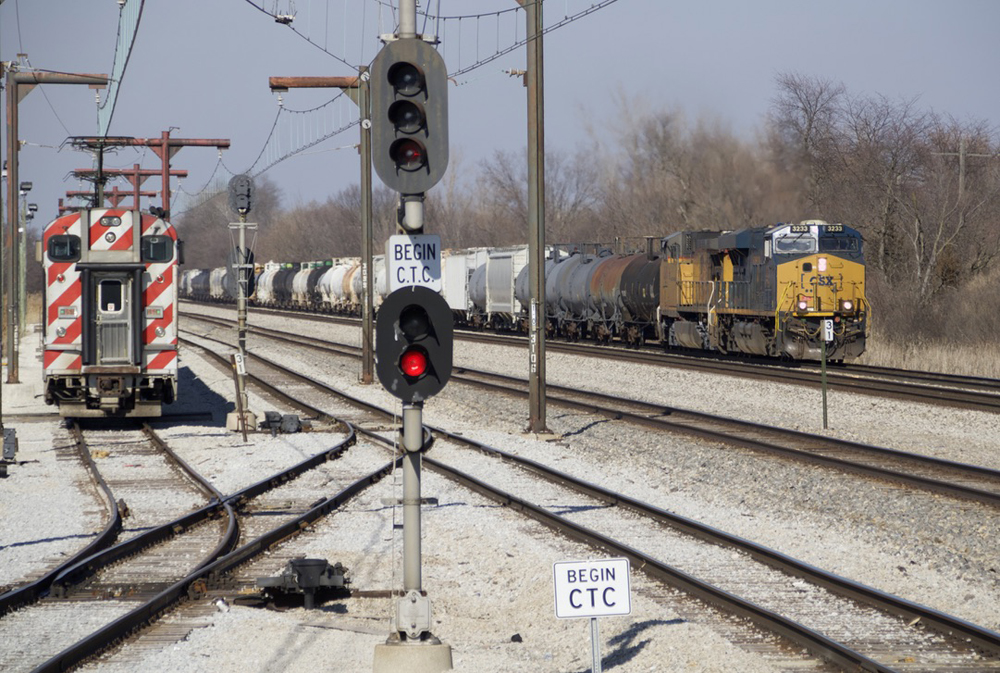NEW YORK — After much debate and hand wringing, the major construction project for the New York City subway L Train is at hand. While the construction figures to bring disruptions for riders between Brooklyn and Manhattan, much of the pain has been mitigated.
Construction will begin on April 26 after 8 p.m. In preparation, the line is shutting down on weeknights between Lorimer Street in downtown Brooklyn and Eighth Avenue in Manhattan, from 10:30 p.m. to 5 a.m. this week and next, allowing signals to be installed for the partial single-track operation that will begin on the 26th and run for 15 to 18 months.
That time frame is much better than the original plan to repair the tunnel between Manhattan and Brooklyn, badly damaged by flooding during Hurricane Sandy. The plan adopted by the MTA board in July 2016 would have closed the tunnels under the East River for 18 months, shutting off L Train service between the two boroughs. But earlier this year, a team of engineers from Columbia and Cornell universities proposed rebuilding existing cable lines along the walls instead of rebuilding bench walls to accommodate them, resulting in the current plan.
At Monday’s MTA Transit and Bus Committee Meeting, New York City Transit Authority President Andy Byford and MTA Capital Construction President Janno Lieber has much to say about the project’s construction process. Byford oversees operations and signalling during the project, while Lieber leads line construction.
Byford said L Train operations would be normal 90% of the time, including all rush-hour operations. The other 10%, on weeknights and weekends, will see trains operating every 20 minutes, instead of every 10, while one tunnel is out of service for construction, leaving the other for bidirectional operation. There will also be alternative bus and subway service available.
“We are ready for it,” Byford said.
Lieber outlined the project’s details with an audio-visual presentation. Additional electrical substation capacity is being added to generate more power, needed to run more trains under Communications-Based Train Control. A debris-removal area at Avenue A in Manhattan, no longer necessary when the original plan to rebuild tunnel bench walls became moot, became a new eastern entrance for the First Avenue station. Other on-line stations will also receive new stairways and mezzanine.
For further information, the MTA has a page on the L Project on its website.





